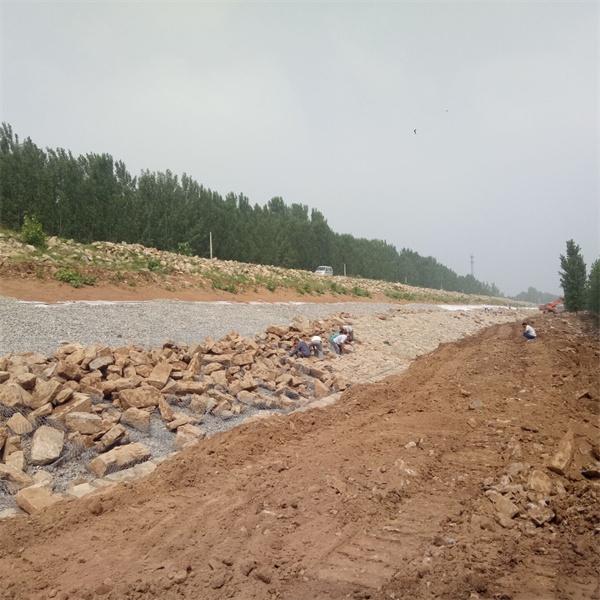Nov . 20, 2024 19:49 Back to list
china gabion wall pond
Exploring the Benefits of Gabion Walls in Pond Construction in China
In recent years, the use of gabion walls in various construction projects has gained significant traction in China, particularly in the creation of ponds. Gabion walls are structures made from wire mesh containers filled with rocks, stones, or concrete. They have emerged as a popular choice for pond construction due to their myriad benefits, which align well with sustainable practices and environmental conservation.
One of the primary advantages of using gabion walls for ponds is their outstanding erosion control properties. In many regions of China, soil erosion poses a significant threat to aquatic ecosystems and overall landscape stability. Gabion walls effectively reduce the velocity of water flow, which diminishes the impact of erosion on the banks of ponds. By providing a stable barrier, these walls help maintain the integrity of soil and prevent sediment from entering the water, thereby preserving water quality and promoting a healthier habitat for aquatic life.
Exploring the Benefits of Gabion Walls in Pond Construction in China
Moreover, gabion walls are extremely versatile and can be adapted to various pond designs and sizes. Whether it's a small decorative pond in a garden or a larger water retention pond for agricultural purposes, gabions can be tailored to meet specific requirements. This flexibility allows for innovative design solutions that can address specific challenges, such as varying water levels or unique site topography. As China continues to develop its infrastructure, the adaptability of gabion walls will be invaluable in creating sustainable and functional water bodies.
china gabion wall pond

In addition to their structural benefits, gabion walls are also an environmentally friendly option. The materials used—typically natural stones—are often abundant and require minimal processing, which reduces the carbon footprint associated with construction. Furthermore, gabion walls facilitate the natural infiltration of water into the ground, promoting groundwater replenishment. This aspect is particularly crucial in areas facing water scarcity, making gabion walls a smart choice for sustainable pond construction.
The maintenance of gabion walls is relatively low, which is another reason for their popularity. Unlike traditional concrete walls, which may crack or require regular resurfacing, gabion walls can withstand the test of time with minimal upkeep. Over time, the vegetation that often grows around and within the gaps of the gabions can reinforce the structure while enhancing its natural aesthetic. These walls become components of the ecosystem rather than mere structures, providing additional habitat for wildlife.
As environmental concerns continue to shape construction practices in China, the adoption of gabion walls for pond construction signifies a positive trend. Their benefits—ranging from erosion control and aesthetic integration to flexibility and eco-friendliness—make them a compelling choice for architects, engineers, and landscape designers.
In conclusion, gabion walls represent a sustainable solution for pond construction in China. As the country faces challenges related to soil erosion, water quality, and habitat conservation, the integration of gabion technology offers a pragmatic approach to creating resilient and beautiful water bodies. With the potential to enhance both functionality and aesthetics, gabion walls are poised to play a pivotal role in the future of ecological infrastructure development in China. Embracing such techniques is crucial for fostering harmonious relationships between human-made structures and the natural environment.
-
hesco-gabion-baskets-for-coastal-erosion-prevention
NewsAug.22,2025
-
longevity-and-durability-of-river-rock-gabion-walls
NewsAug.22,2025
-
how-to-integrate-gabion-3d-walls-in-urban-planning
NewsAug.22,2025
-
reno-mattress-gabion-applications-in-civil-engineering
NewsAug.22,2025
-
how-to-install-wire-mesh-for-gabion-baskets-properly
NewsAug.22,2025
-
best-materials-for-filling-a-chain-link-gabion
NewsAug.22,2025
-
Wire Mesh Thickness Impact on Gabion Wall Load Bearing
NewsAug.12,2025






